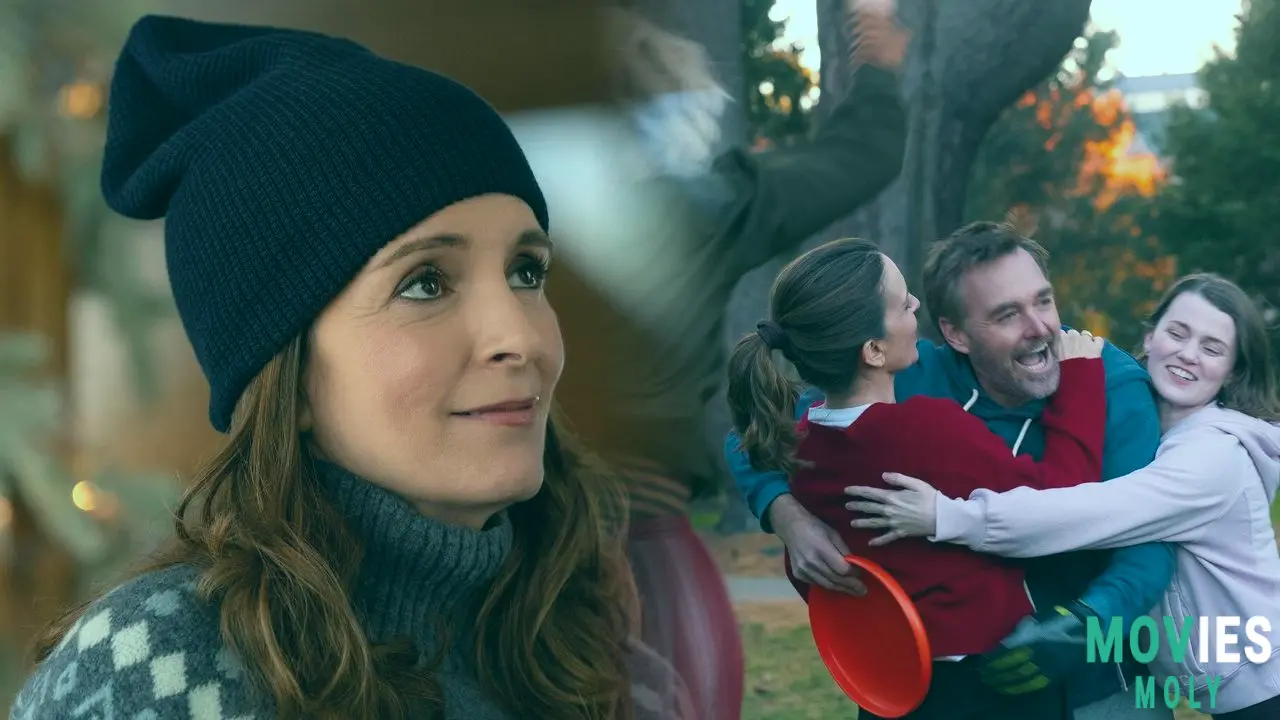“It makes me so happy to be honored by her like this.” When Alan Alda took the stage unannounced at the New York City premiere of Netflix’s The Four Seasons, his heartfelt tribute to Tina Fey wasn’t just a hall full of applause—it was a moment of cinematic and cultural convergence. More than just a glowing endorsement, Alda’s presence linked the past and present in a way few reboots ever manage, turning Netflix’s latest original series into something of a generational masterpiece.
How Tina Fey Turned a 1981 Classic Into a Modern Emmy ContenderBased on Alda’s 1981 film of the same name, The Four Seasons TV series doesn’t simply retread old ground—it reinvents it. Fey, who created, wrote, executive produced, and stars in the show, takes the romantic-comedy template of the original and refashions it into a sharp, empathetic exploration of friendship, aging, and emotional evolution. Gone are the dated tropes; in their place are fully realized characters and relationships that feel lived-in, not scripted.
Fey’s adaptation follows three couples—Kate (Fey) and Jack (Will Forte), Nick (Steve Carell) and Anne (Kerri Kenney-Silver), and Danny (Colman Domingo) and Claude (Marco Calvani)—on a series of vacations across the seasons. What begins as a seemingly light-hearted getaway quickly spirals into an emotional reckoning when Nick abruptly ends his marriage and shakes the group’s dynamic to its core. It’s a setup that sounds familiar, but the execution is anything but.
Netflix’s Answer to The White Lotus Is More Heart Than Satire
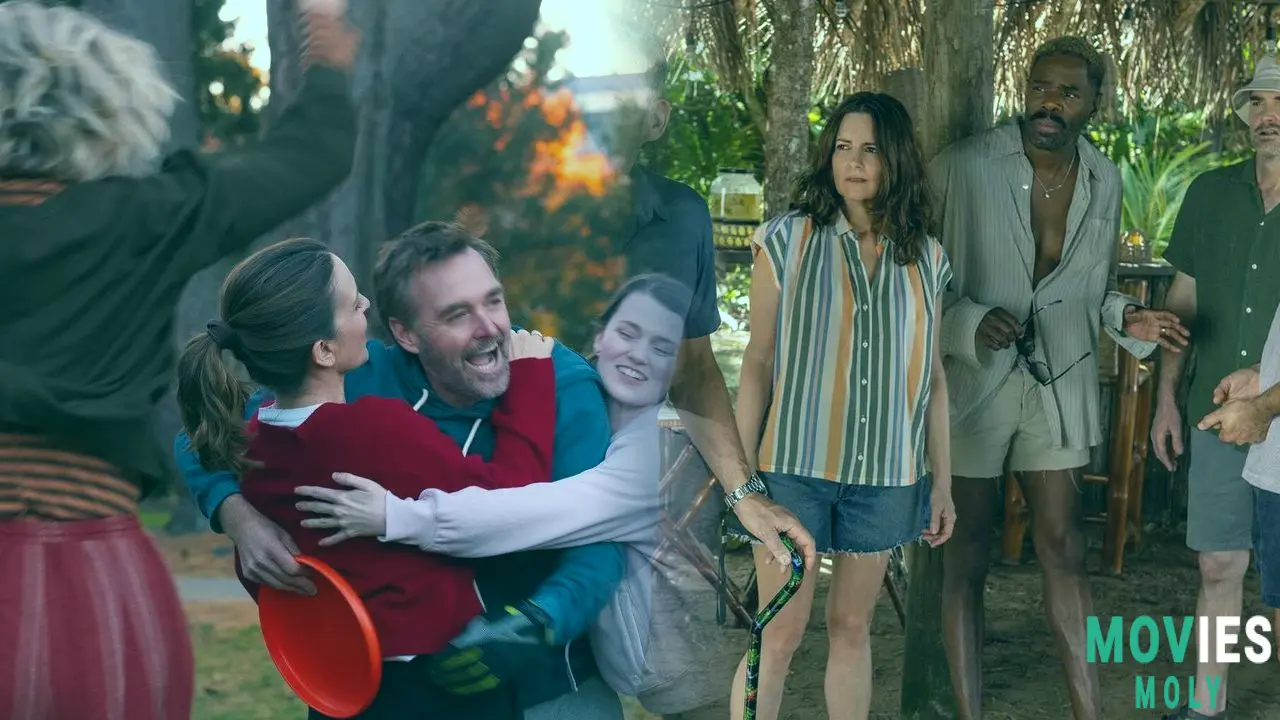
In a streaming world obsessed with The White Lotus-style biting satire, The Four Seasons offers a sunnier, more humane alternative. BGR called it “Netflix’s answer to The White Lotus,” but the comparison only highlights how differently these shows approach similar settings. While HBO’s hit deconstructs luxury through cynicism and moral decay, Fey’s series embraces empathy and emotional honesty.
Even when the show introduces potential drama—like Nick’s younger girlfriend Ginny (Erika Henningsen)—it resists easy stereotypes. Ginny isn’t a villain; she’s just another person trying to navigate a complex social ecosystem. This is a show that trusts its audience enough to portray messy relationships without turning them into lurid plot devices. There are no floating bodies here, just hearts on the line.
The Four Seasons’ Structure Mirrors Emotional Growth Through Time
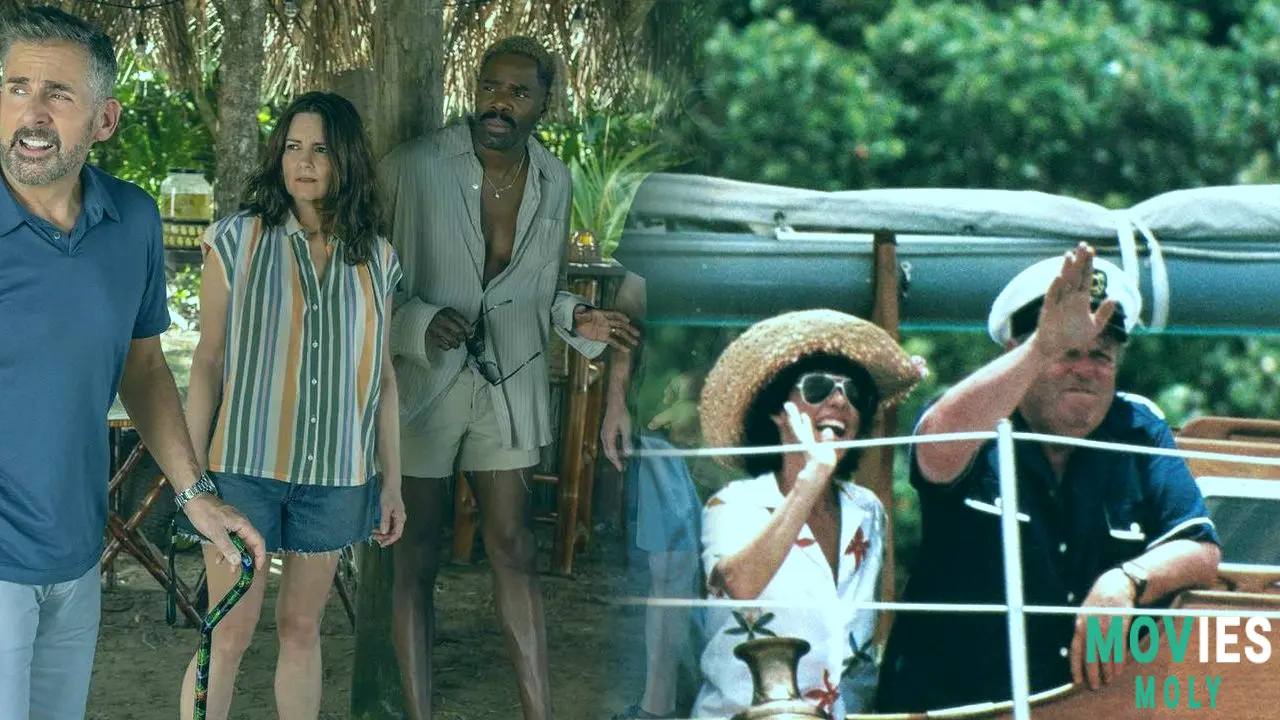
One of the smartest choices in the series is how each episode aligns with a season, both literally and metaphorically. Spring, Summer, Fall, and Winter aren’t just settings for the vacations—they’re emotional stages for the characters. This cyclical structure gives the show a rhythm that mirrors real life’s ups and downs, a technique that feels as intentional as it is inspired.
And in a stroke of nostalgic brilliance, Netflix synced the release of the series with the streaming debut of Alda’s original film. For a few magical days, viewers could binge the new show and then watch the source material that inspired it—all on the same platform. It’s a rare and powerful example of streaming-era storytelling bridging generational gaps.
Alan Alda’s Blessing Elevates The Four Seasons Beyond Adaptation
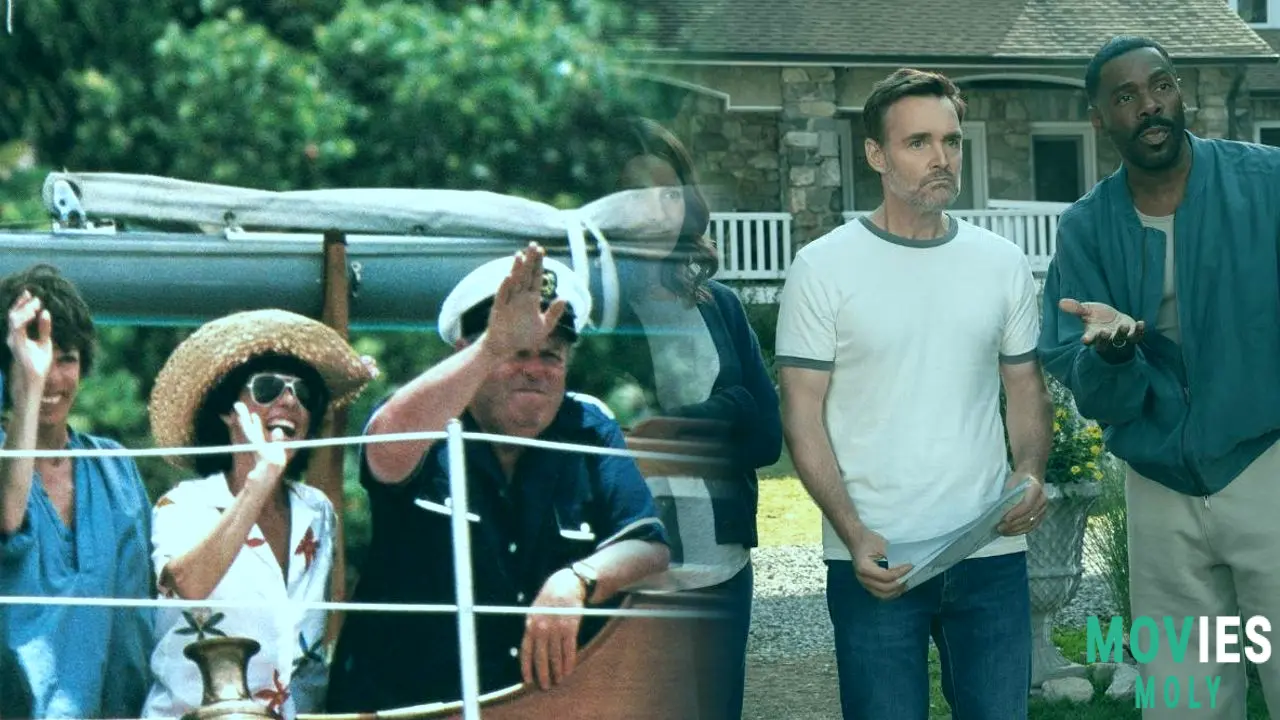
There’s something deeply satisfying about Alda not only attending the premiere, but making an impromptu speech in support of Fey and her team. His words weren’t just praise; they were validation. “Only she could have done it,” Alda said, referring to Fey’s ability to take material that once meant so much to him and make it resonate for today’s audience. And that’s precisely what The Four Seasons does—it honors the original while standing firmly on its own.
Fey’s moment with Alda, punctuated by her playful comment—“Alan, you stole my thunder”—was more than a red-carpet highlight. It was the emotional core of a project that thrives on genuine connection, both on and off screen. In a genre often dominated by irony and edge, The Four Seasons dares to be warm, funny, and heartfelt.
Four Seasons Is a Rare Grown-Up Comedy That Feels Truly Alive
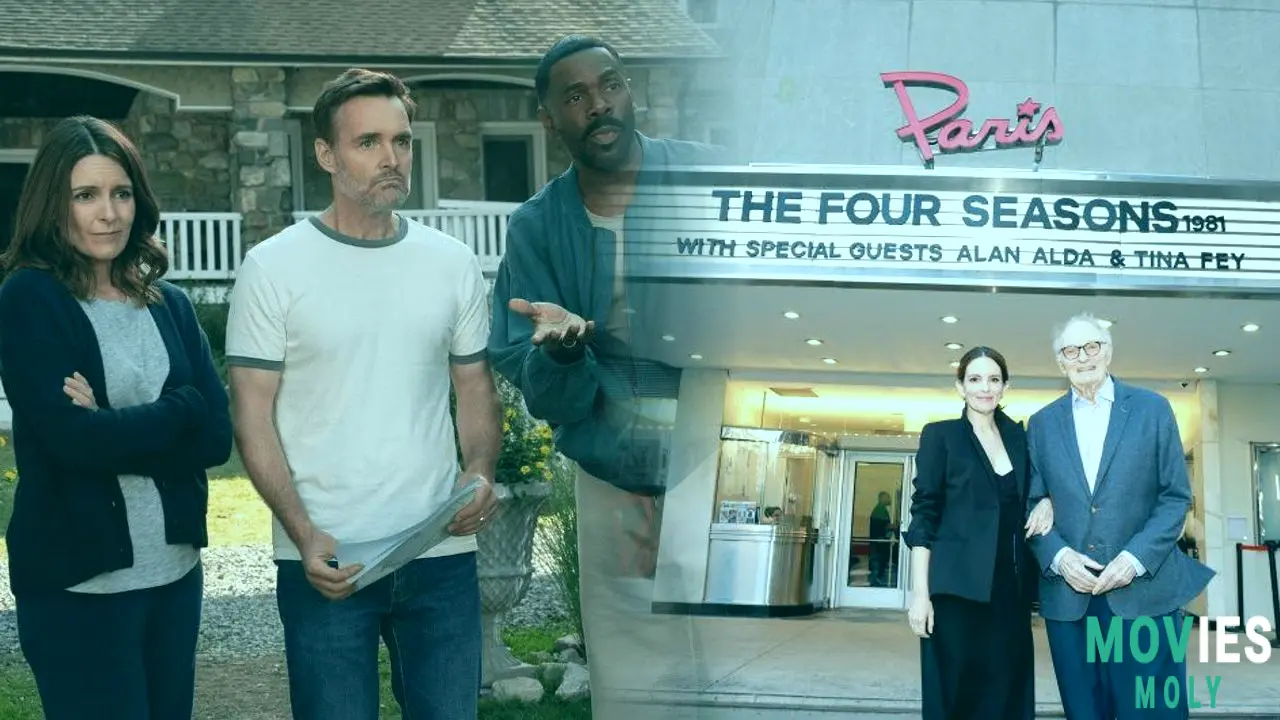
Critics and audiences alike have praised the series for its “lived-in” chemistry and believable relationships. Steve Carell, who continues to redefine his onscreen persona with roles like this, fits perfectly into a cast that knows how to balance humor with hurt. These aren’t characters created for conflict—they exist in a space where emotional maturity and messiness coexist.
Reddit users have called the show a “comfortable delight” and a “very interesting look at aging.” That’s grown-up TV in 2024: not edgy for the sake of it, but meaningful in a way that doesn’t suck the fun out of the experience. The Four Seasons is proof that you don’t need marital dysfunction or existential horror to create compelling drama. Sometimes, all you need is a group of friends, a few vacations, and the courage to be honest with each other.
Final Thoughts: The Four Seasons Is Netflix’s Most Underrated Emotional Hit
In a media landscape cluttered with grim twists and shock value, The Four Seasons stands out by simply being good—really good. It’s a show about relationships, time, and the small moments that make life meaningful. And with Alan Alda’s blessing and Tina Fey’s creative genius, it’s become more than a reboot. It’s a resonant, hopeful walk through the emotional seasons we all go through.
So if you’re looking for a show that balances comedic sharpness with emotional depth, The Four Seasons is your next must-watch. As one viewer put it best: “I thought it was going to be like The White Lotus. It wasn’t. It was better.”

